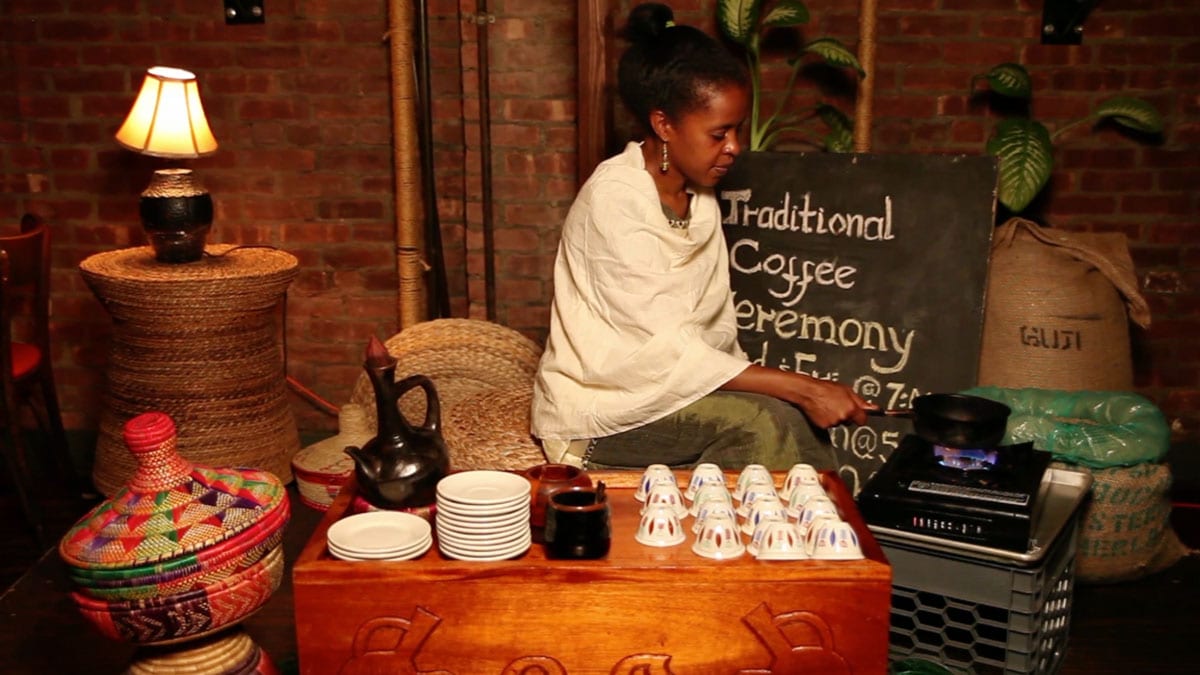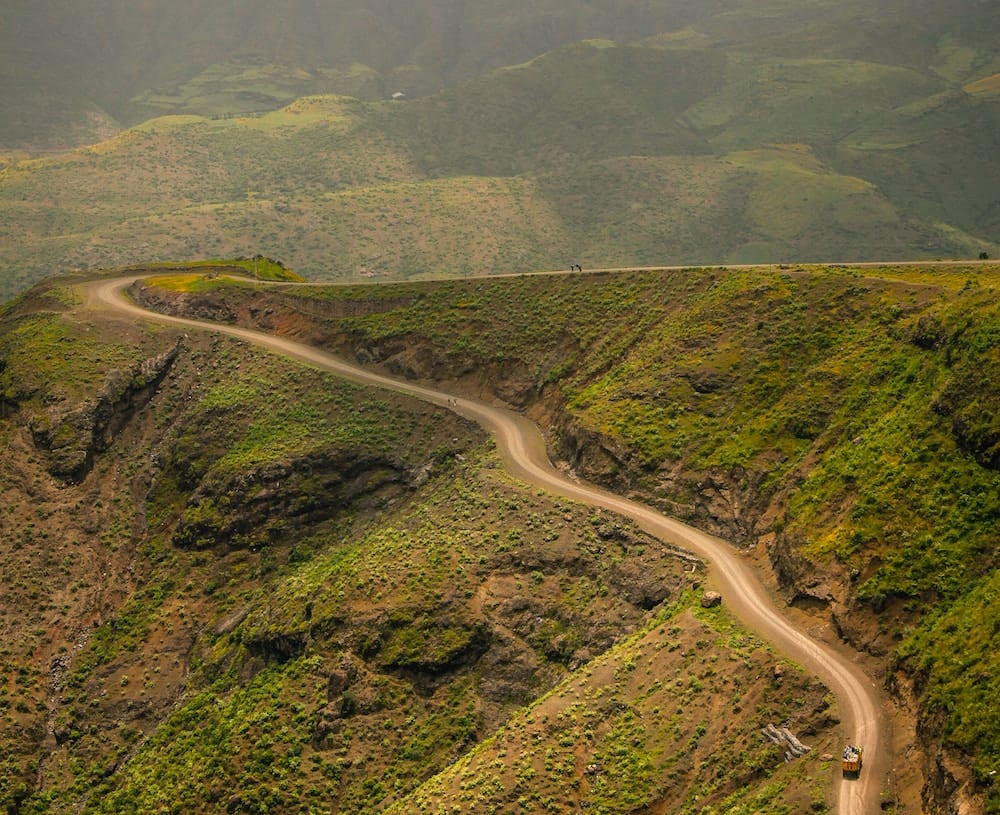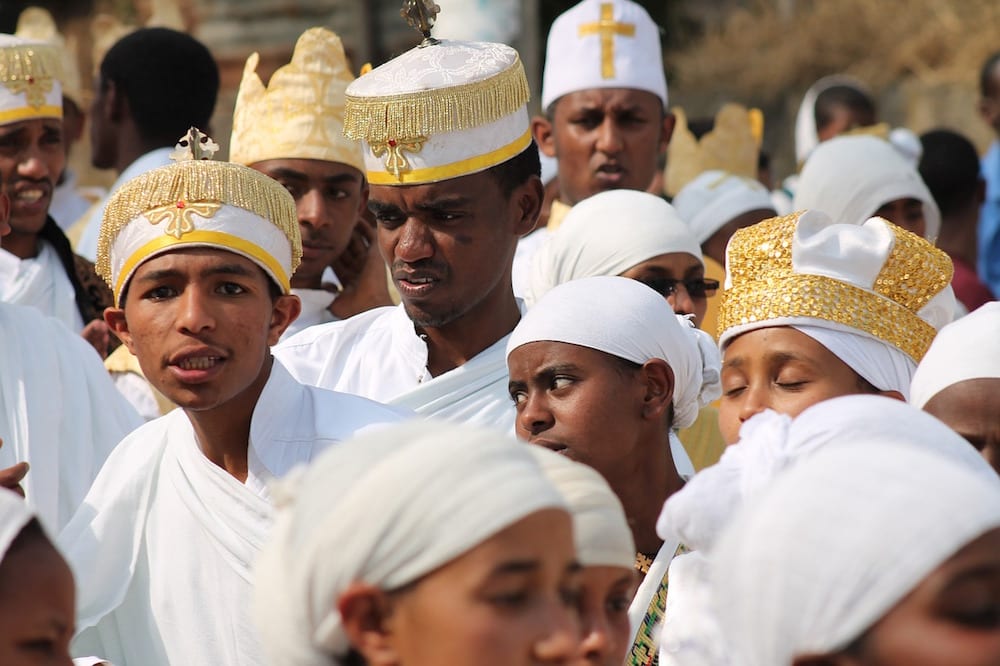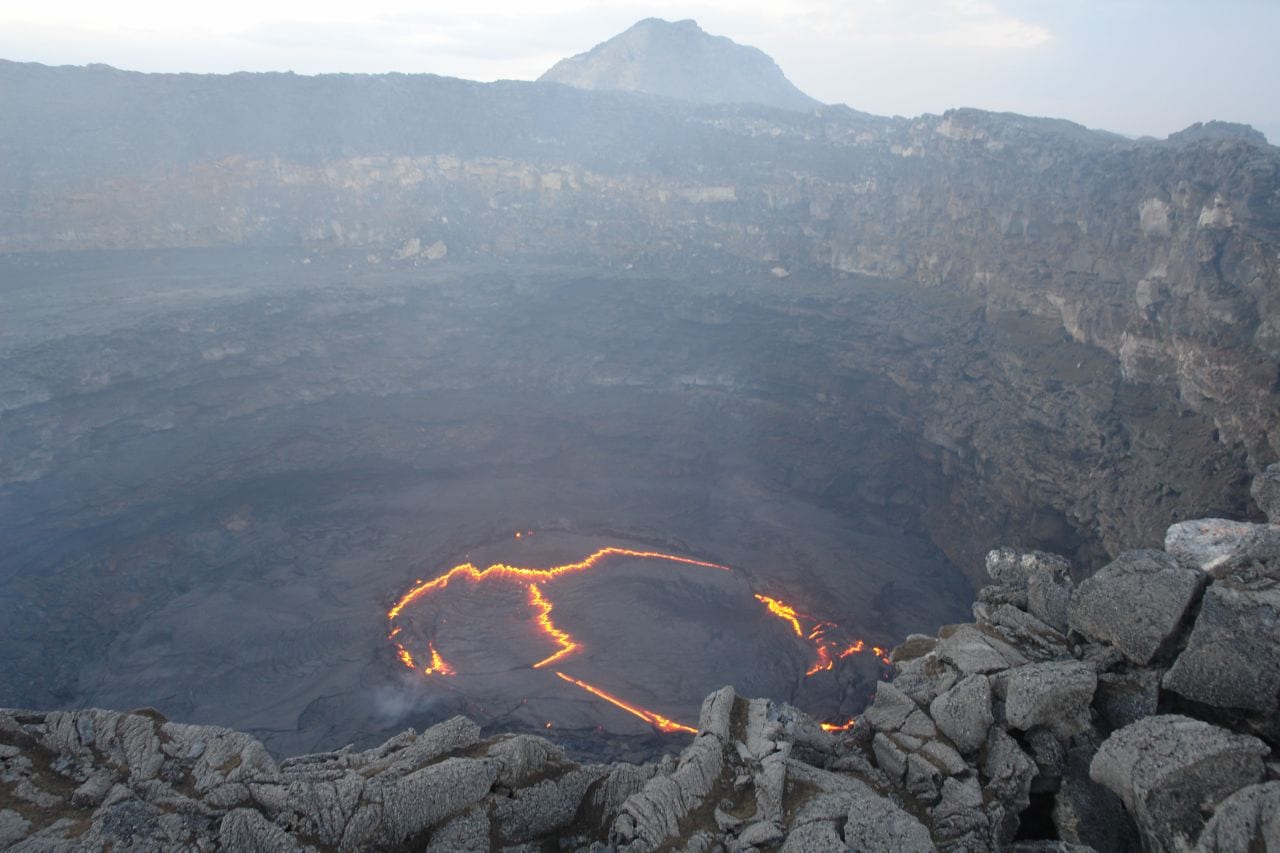Share this!
Visiting Ethiopia: A Traveler's Guide
Ethiopia is not your typical African travel brochure destination. There are no Big 5 mammals to be spotted here, no enormous shape-shifting sand dunes, no massive congregations of wildlife in a tiny watering hole.
What you get instead is history long before humans existed, a landscape defined by verdant highlands rich in wildlife and hypnotic geological depressions devoid of any signs of life, and fewer tourists to get in the way of an epic photo. But that also means fewer people who could share what their trip was like. So if you are headed to Ethiopia and want to make the most out of your trip, here’s a brief guide to get your bearings early.
Travel Slowly to Acclimatize Yourself

Seventy percent (70%) of all of Africa’s mountains are in Ethiopia, and you can see this is so in the northern highlands where the elevation ranges from 2000 to 3000 meters above sea level. If you are heading for the mountains, know that 25 of the country’s highest peaks are above 4000 MASL. The Simien Mountains where the grass-eating Gelada baboons can be found stand at an average elevation of 4500 MASL. And while you’re in the vicinity, it’s worth your detour to visit the fairy tale castles and palaces of Gondar nicknamed the Camelot of Africa.
Dress Conservatively
As in countries where Islam is practiced, it is proper to be modest in your dress, which means no sleeveless or tank tops and shorts for women, and no shorts and singlets for men. (And don’t go topless altogether!) Outside of the capital Addis Ababa where some women wear jeans, women far from the influence of the city wear long flowing skirts that are breathable and fend off dust.
If you plan on having an active holiday, pack a set of lightweight long-sleeved tops and pants, layers in natural fabrics like linen, cotton and bamboo, a set of warm of clothes to withstand the cold in high altitudes, windproof and waterproof jacket, and sturdy hiking boots with good ankle support if you wish to see the incredible rock-hewn churches of Lalibela in the north.
Don’t Expect to See Cutlery With Your Food
Eating the traditional ‘injera,’ whether at restaurants in Addis Ababa or in rural eateries, requires no utensils. Injera is a crepe-like flatbread placed on a large round platter and topped with a colorful variety of curries, meats and vegetable stews. You cut off a portion of the bread and use that to scoop up your desired toppings, in effect eating your edible table cloth/plate/utensil as the meal progresses.

But if you think that is too exotic for your taste, wait until you are seated with Ethiopians and welcomed with “gursha,” an act of hospitality (or friendship or love among those who have already known each other) done by putting a pinch of injera straight into your mouth. It’s how the locals break ice with honored guests. (And yes, always use your right hand when eating or passing anything to anyone in Ethiopia.)
Prepare to Experience Three Rounds of Coffee at a Traditional Coffee Ceremony

In homage to coffee’s Ethiopian roots, coffee ceremonies in Ethiopia are sacred, an event that takes place three times a day, morning, noon and night. These ceremonies are elaborate, performed by the woman of the house dressed in white flowing garment adorned with embroidery. The ritual starts with the burning of incense to ward off evil spirits, and continues on with the roasting and husking of the coffee beans, and finally the grinding of the roasted beans for boiling. If you are invited to this ritual, you have to finish at least three rounds of drinking coffee before it’s polite to bow out of the ceremony, as the third round is thought to bestow blessing and transform the spirit.
Survey the Remains of the Ancient Kingdom in Axum
Ethiopia is one of the oldest countries on earth, with a documented history stretching as far back as 25 centuries. The center of this ancient history is at Axum, the ancient capital of the Kingdom of Aksum, one of oldest continuously inhabited places in Africa. Ethiopian tradition suggests that Makeda, the Queen of Sheba who lived here, visited King Solomon and came back home pregnant with his child. That child, Menelik, journeyed to his father’s homeland and brought home the Ark of the Covenant now housed at the Church of Our Lady Mary of Zion. You may not be able to get a look at this sacred relic, but there are plenty of monuments lying about to marvel at. Dating from the 3rd and 4th centuries AD, Axumite granite obelisks called stelae pierce the sky with their incredible height (some as tall as 82 feet), an engineering feat remarkable at its time.
Peer Into the “Gateway of Hell” in the Danakil Depression
There are very few places on earth where you can look down directly into the throbbing heart of the planet gurgling red hot lava, and Ethiopia is one of those rare places where you get to marvel at the raw power of the natural forces that make the earth go round. Getting to Danakil Depression (also known as Afar Depression) is no mean feat either, as you will have to brave an adventure on a road(less) less travelled. But if you wish to see the mesmerizing lava lake of Erta Ale, prepare for the dry, dusty and blisteringly hot caravan and hike to this extreme environment. For some people, this is literally a hike to hell. Dehydration and exhaustion, as well as local security issues, are real threats to this type of expedition. This is one situation where choosing a reputable tour operator is well worth your money and safety.
Find a Locally Respected Guide

Some remote villages, like those in the Afar region, may not appreciate surprise visits from wide-eyed tourists. If you wish to see the behind-the-scenes of village or tribe life, it pays to have a local guide with good ties to the community and an insider knowledge (often helped by the ability to speak several dialects, especially when dealing with the many tribes in the Omo River Valley) to get you to more authentic experiences that big box tour operators don’t usually deliver.
Plan Your Trip Around “Genna”

For Ethiopian Orthodox Christians, Christmas doesn’t come until the 7th of January (as per Ethiopia’s Julian calendar). This event marks the end of their 40-day fast (similar to the Catholic Lent), and rightly celebrated by massive feasts and parade. Just a few weeks later, on January 19th, Orthodox Christians celebrate the Epiphany, or Timkat, donning traditional garb and taking out the replica of the mythical Ark of the Covenant from every church in town to be paraded around by priests in flowing garment. By traveling during this time of the year, not only do you get to witness local customs and traditions, you also get to travel around the country when the rains have subsided, the country roads less dusty, and the mountains still wrapped in lush green.







